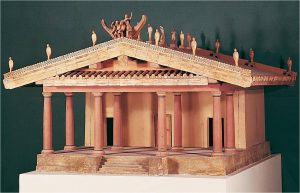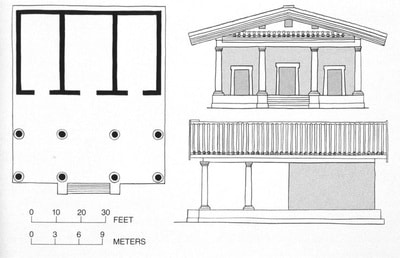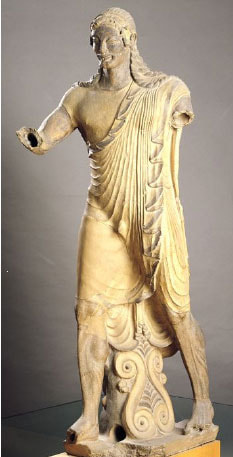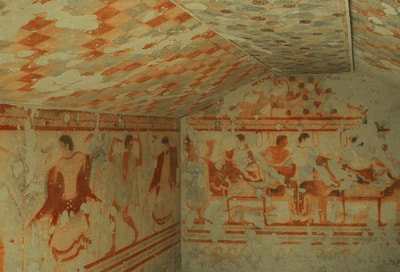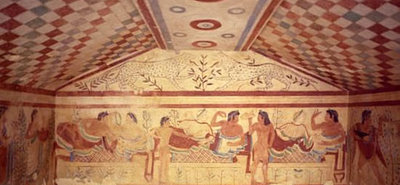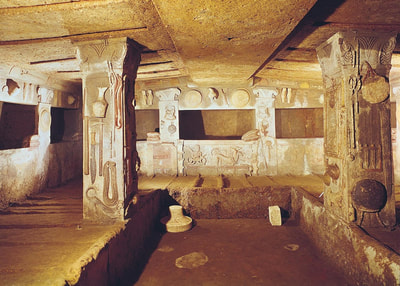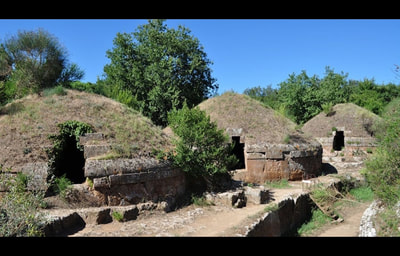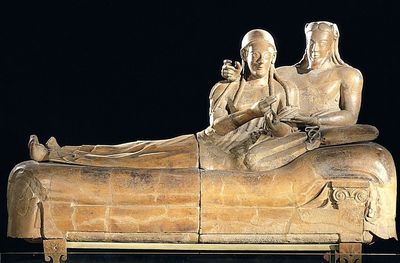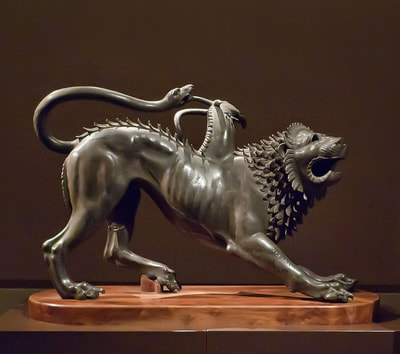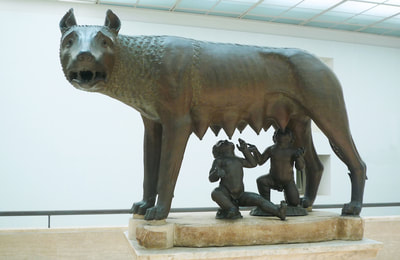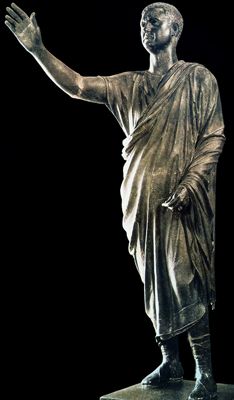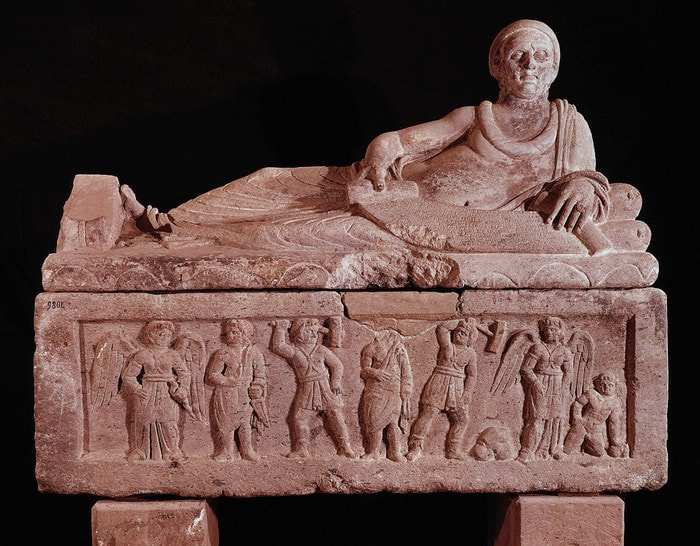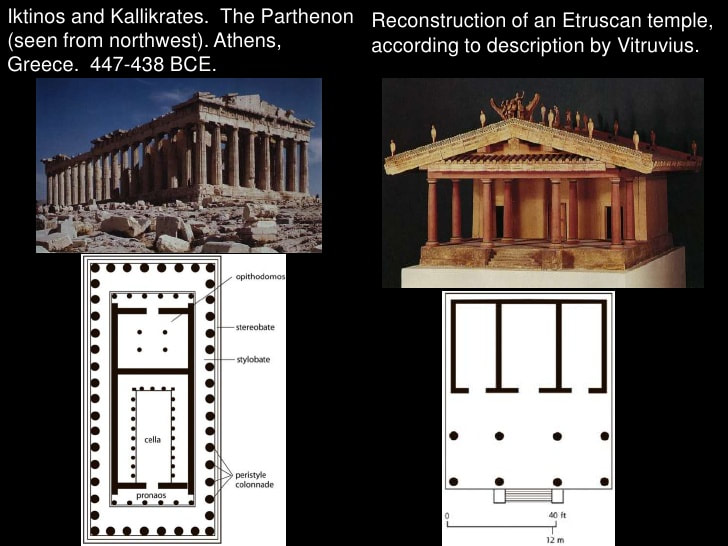- Home
-
PHOTO 1
-
PHOTO 2
-
PHOTO 3
- INFO >
- CLASS NOTES
-
ASSIGNMENTS
>
- STUDIO LIGHTS
- Composing: Creating an Abstract or Geometric Composition
- Composing: Creating an Abstract or Geometric Composition
- EMPHASIS ON COLOR THEORY
- DESIGNING IN B&W
- Formal and Informal Portraits
- CUBIST PORTRAITS
- NATURAL LIGHTING
- COMPOSITION - SCAVENGER HUNT
- STREET PHOTOGRAPHY
- MANDALA
- NIGHT
- RHYTHM & REPETITION
- PATTERNS & RHYTHM WITH LIGHT
- STUDIO PORTRAITURE
- PHOTOGRAM - MEMOIRS - THE DIGITAL VERSION
- HDR Landscapes
- PORTFOLIO
- VIDEOS
- HANDOUTS
- GALLERY
-
AP 2D ART + DESIGN
- INFO >
- SUMMER PROJECT
- SUSTAINED INVESTIGATION
- ELEMENTS + PRINCIPLES
- STUDIO LIGHTS
-
ASSIGNMENTS
>
- DESIGNING IN B&W
- COLOR THEORY
- TRIPTYCH
- SUSTAINED INVESTIGATION #1
- SUSTAINED INVESTIGATION #2
- SUSTAINED INVESTIGATION #3
- SUSTAINED INVESTIGATION #4
- SUSTAINED INVESTIGATION #5
- SUSTAINED INVESTIGATION #6
- SUSTAINED INVESTIGATION #7
- SUSTAINED INVESTIGATION #8
- SUSTAINED INVESTIGATION #9
- SUSTAINED INVESTIGATION #10
- ABSTRACT & GEOMETRIC COMPOSITION
- STUDIO PORTRAITURE
- TEXTURES & ABSTRACTIONS FROM THE...
- WEBSITE PORTFOLIO
- CLASS NOTES
- HANDOUTS
- VIDEOS
- GALLERY
- 3D ART 1
- 3D ART 2
- 3D ART 3
- Contact
ETRURIA (PRE-ROME)
Etruscan (800 - 500 BCE the same as Archaic Greece)
Monarchy 753 BCE - 509 BCE High Empire (96 BCE - 192 CE)
Early Empire (27 CE - 96 CE) High Empire (96 CE - 192 CE) Late Empire (193 CE - 237 CE)
|
CONTENT: What do you see?
FORM: The details (what you see more exactly). How the artist delivers the content. CONTEXT: Everything NOT observable. FUNCTION: The intended purpose of the work. ARTWORKS29. Sarcophagus of the Spouses
31. Temple of Minerva 31. Apollo from Veii 32. Tomb of the Triclinium (Tomb of the Leopards) Additional Images: Tomb of the Reliefs Etruscan Necropolis of Cerveteri Chimera Capitoline Wolf The Orator CONTEXTThe art of Etruria (Etruscan) and Rome is grounded in civic ideals and polytheism. Etruscan and Roman artists and architects accumulated and adapted Greek objects and forms to create buildings and artworks that appealed to their tastes for eclecticism and historicism (social and cultural phenomena determined by history). Etruscan art (700-100 BCE, Etruria) and ancient Roman art, was produced in Europe and Western Asia from 753 BCE to 337 CE. Archaeological models and artworks are identified by periods based on stylistic changes and assigned to periods according to styles, governments, or dynasties (the Roman Republic). Etruscan art is considered as a single culture (not the separate city-states Etruria was made up of). Roman art includes art from the republican, early imperial, late imperial, and late antique periods, using governmental structures and dynasties rather than stylistic characteristics. Etruscan and Roman artists and architects were influenced by earlier Mediterranean cultures. Art from Etruscan and Roman periods is typified by stylistic and iconographical eclecticism and portraiture, expresses republican and imperial values, power, and a preference for conspicuous display. Etruscan and Roman architecture are characterized by investment in public structures and Roman architecture borrowed from the Greeks and Etruscans, and by technical innovation. Roman art provides the foundation for the later development of European and Mediterranean artistic traditions. Europeans and Americans admired ancient Roman ethical and governmental systems, which contributed to prioritizing art and architecture associated with political elites and cultural capitals (Rome). Etruscan and Roman cultures had a tradition of epic storytelling that glorified the exploits of gods, goddesses, and heroes. They had a highly developed rhetorical tradition that prized public oratory and poetry. Religious rituals and future predictions were guided by oral traditions, not texts.
|
KEY IDEAS
- From the Tuscany area of Northern Italy before the Romans. Once the Romans gained significant power, the Etruscans were assimilated into the Roman Empire and eventually given Roman citizenship.
- Influenced by the Archaic time period of the Greeks but avoid nudity.
- What we know of the Etruscans is from their tombs (tumuli) which are part of larger necropoli.
- Tumuli are round structures with a door leading to an interior that is brightly painted to reflect a domestic space.
- Death is focused on the celebration of life.
- Burials: Families along with servants are cremated and buried together-buried in mulch-chambered tumuli with items that showed economic status.
- Frescos depicted funerary games and banquets a very happy people
- Literary tradition is mostly lost. Vitruvius, an ancient historian wrote about the Etruscans' history.
- Temples are built of mud brick and stone, unlike the Greeks.
- Sculptures are created out of terra-cotta, stucco, and bronze.
- Materials: Excelled in metals- iron, copper, silver, tin = huge export
- Social: Woman are allowed to participate at banquets and formal gatherings unlike the Greeks
- Last Etruscan city fell to the Romans in 273 BCE ~ Roman citizenship granted to Etruscans in 89 BCE
- Fun Fact! "It was an Etruscan custom for the king to be preceded by a lictor [(an officer attending the consul or other magistrate)], who carried an axe held together by a bundle of rods. Thus the symbols of royal power apparently came to Rome from Etruria and were mostly related to political authority (crown, throne, sceptre, and fasces.)" From The Etruscans: A new investigation by Mauro Cristofani)
VOCABULARY WORDS
|
Necropolis
Stucco Terracotta Triclinium Tufa Etruria Totem |
Tumulus (pl. tumuli)
Tuscan Order Portico Sarcophagus Pseudo Peripteral Temples Fibula Granulation Chimera |
MAJOR DIFFERENCES OF GREEK AND ETRUSCAN TEMPLES
GREEK
|
ETRUSCAN
|
|
|
|
|
|
|
|
|
|
